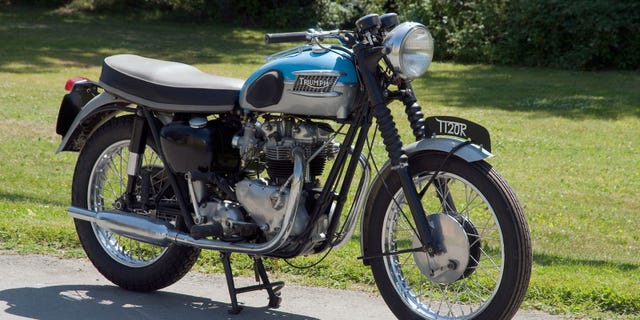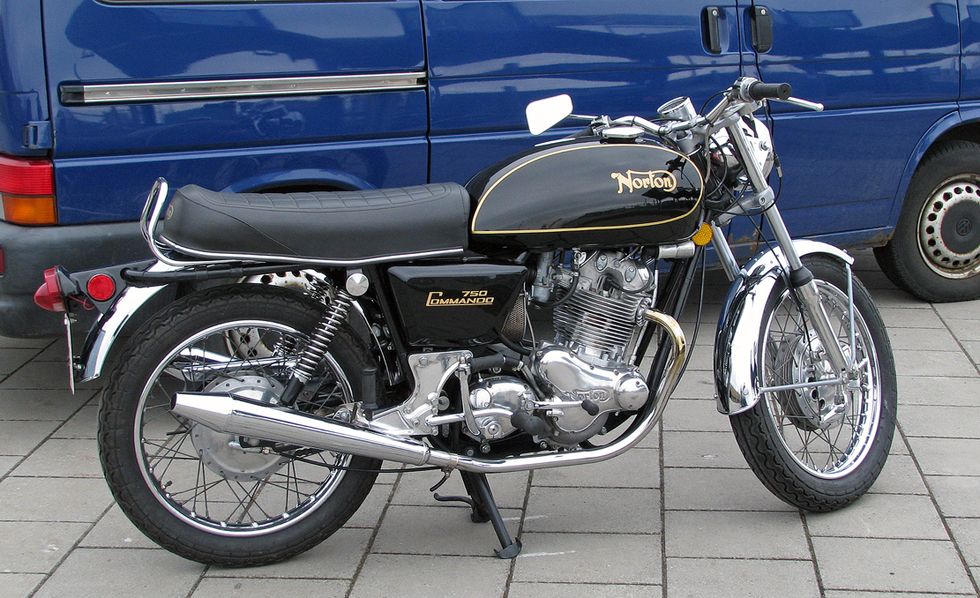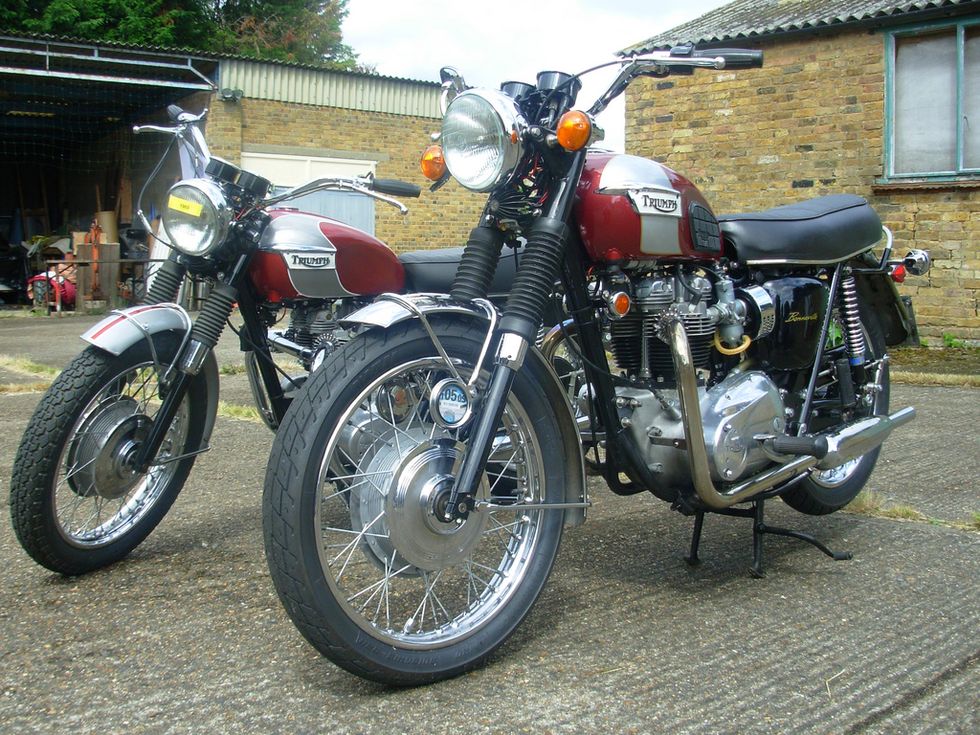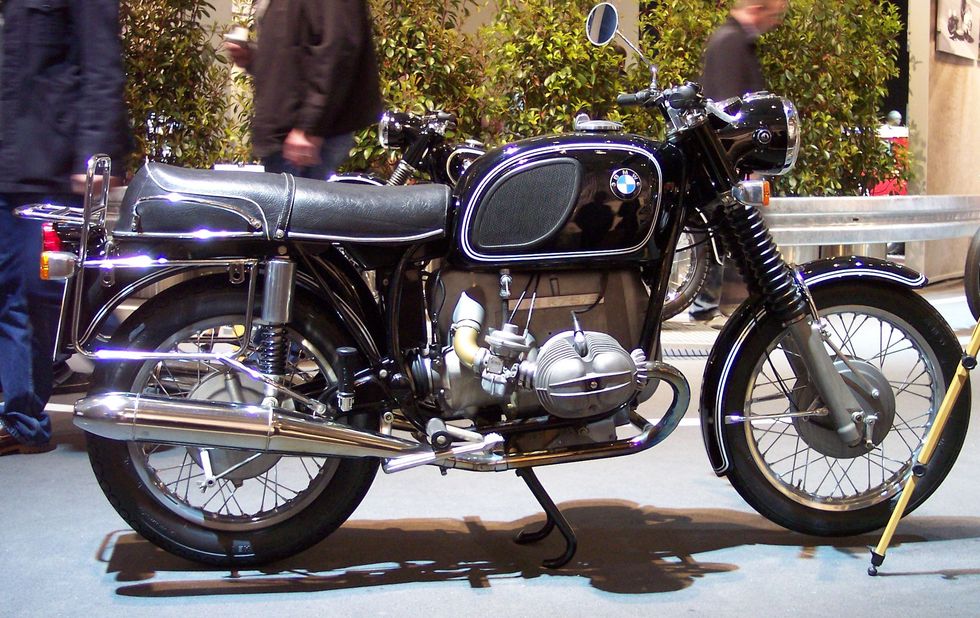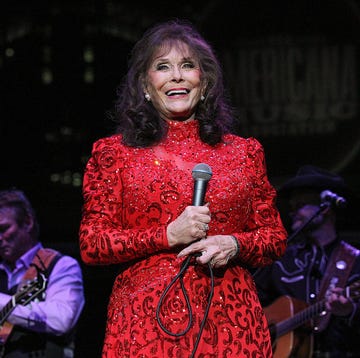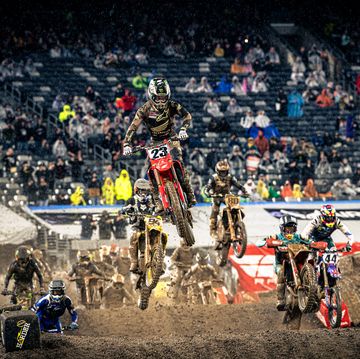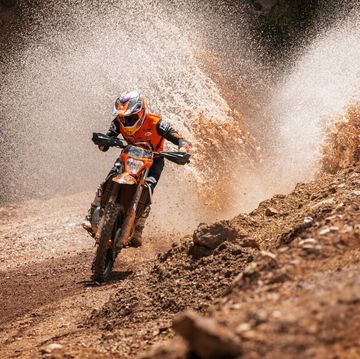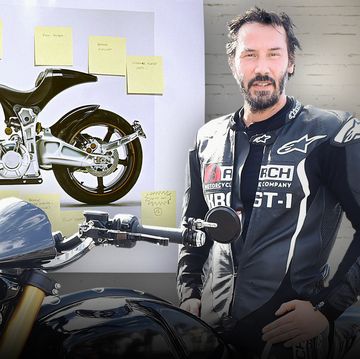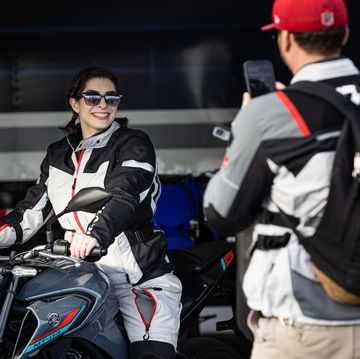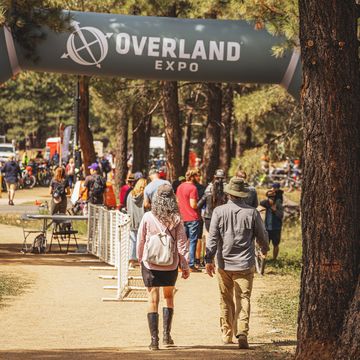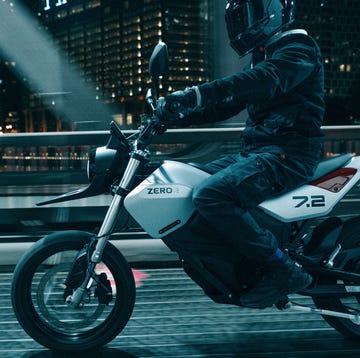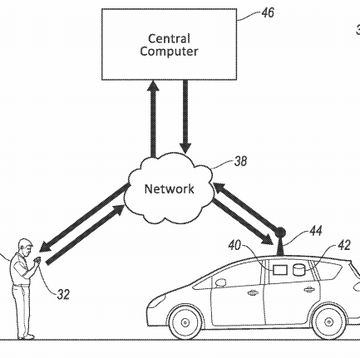Motorcycles are more than just transportation. They are a joy to to ride—to lean through curvey highways and open up the throttle on open roads—and they are an extension of your personal style. Motorcycles are the mechanical solution to form meeting function, and the aesthetics often come from simplicity and the exposed machine itself.
This is especially true when you're talking about vintage bikes. Ride one down the street and all heads turn, nodding in approval. There are plenty of fast, beautiful, timeless two-wheelers on the road, but few are as stylish, iconic, and fun to ride as the five listed here.
Just make sure to have a good mechanic on the speed dial—old bikes need a good bit of TLC.
1968 - 1972 Norton Commando
The 750cc Commando was the last of Norton's big twins, and some believe the last great bike made in the United Kingdom before its motorcycle industry imploded at the end of the 1970s. It has a sharp, aggressive look—thanks to the forward sloping engine, fastback bodywork, and upswept exhausts—that still resonates with riders today.
The Commando was originally offered in several models to fit the needs of different riders, beginner to racer. All were mechanically simple creations and featured a unique "Isolastic" engine mounting system that gave the bike a smooth ride and exceptional handling compared to its peers. The system bolted the 58-horsepower motor, gearbox, and swing-arm assembly together and isolated them from the frame using special rubber blocks. The setup separated the driver from the vibration-prone engine and gearbox, isolating them from the discomforts. Top speed was a blistering 117 mph.
1968 - 1970 Triumph Bonneville T120
Even though its English peers were faster and handled better, the Bonneville was much more popular here in the Unites States when it arrived in 1959. The bike's minimalist style and crackling exhaust note was—and still is—instantly recognizable.
Based on the Triumph Tiger T11, the T120 shared the same 649cc parallel-twin engine as well as the Tiger's optional twin 13/16-inch AMAL Monobloc carburetors and high-performance inlet camshaft. The engine—which produced around 46 horses, or enough for an 110-mph-plus top speed—was popular with café racers.
Though the T120 was already a success, enthusiasts say Triumph didn't truly hit its stride with the bike until 1968. Until then, it was afflicted with marginal electrics, handling, and brakes. But from 1968 to 1970, it was considered a "world-class" machine, delivering performance that was better than or at least matching that of its rivals.
1970 - 1973 BMW /5
BMW's "Slash Five" bikes were the Bavarian bike builders' answer to the Japanese sportbike. Not only were they more durable and dependable than predecessors, but they looked entirely different and offered smoother handling.
While the bikes retained BMW's traditional boxer engine configuration, the /5s were significantly improved over their earlier brethren, with a completely redesigned chassis and suspension. The all-new air-cooled, four-stroke engine came in three flavors: 32-horse 500cc, 40-horse 600cc, and 50-horse 750cc. And the liberal use of plastics and other non-metal materials brought the bike's weight down and gave it a unique look compared to predecessors.
Faster than it looked, the bike had a reputation of being able to cruise all day, capable on and off the asphalt. One issue: Dual drum brakes offered ho-hum stopping performance.
1969 - 1978 Honda CB 750
The CB 750 was a gamechanger in the bike world. Exotic and affordable, fast and reliable, capable and accessible. It was the world's first superbike.
The heart of the motorcycle is a 736cc inline four-cylinder engine. Equipped with four carburetors (one for each cylinder) and a prominent four-into-four exhaust, the engine is good for 67 horsepower, 44 foot-pounds of torque, and a top speed of more than 120 mph.
For all the praise it gets, the CB 750 wasn't an engineering breakthrough—though it did offer buyers some high-tech features unusual for bikes of the era, such as an electric start and front disc brake. The brilliance was in the way Honda repackaged the technology in a mass-producible with with all the kinks ironed out. The CB750 was a mass-produced machine that offered performance and bullet-proof reliability, a unique trait among vintage bikes.
During its ten-year production run, the CB 750 changed very little, so parts are readily available if issues do arise. But more importantly, it was, and is, a certified blast to ride.
1982-1983 Harley-Davidson XR1000
Average Price: N/A; at auction $12,000
The XR1000 is a raucous bike built for a rider of similar temperament—a brawler rather than a cruiser. It offered good power, excellent handling, and was helped usher in the classic American style.
As the story goes, consumers were demanding a street-legal version of the XR-750 race bike. Willie G. Davidson wanted to build the bike—a ferocious piece of machinery combining a reliable Sportster-based street bike with the look and power of a full bore XR750—but he didn't own the company anymore. AMF did. But then in 1981, Davidson bought the company back and put the Harley race shop, engineering team, and stylists to work. The result was the XR1000.
The XR1000 is powered by a 998cc air-cooled V-twin engine, paired to a four-speed transmission with a chain drive. It is outfitted with two high-rise flat track style exhausts and twin Dell'Orto carburetors with K&N type filters. The bike weighed just 500 pounds ready to ride and made 70 horsepower, about 40 pounds less and 20 horsepower more than the typical 1000cc Sportster of the day, giving it a top speed of 115 mph.

Chuck Tannert has been covering everything from the latest automobiles to how technology is shaping our future for more than 20 years. He’s a geek and likes to make people think, but would rather be fishing any day.
